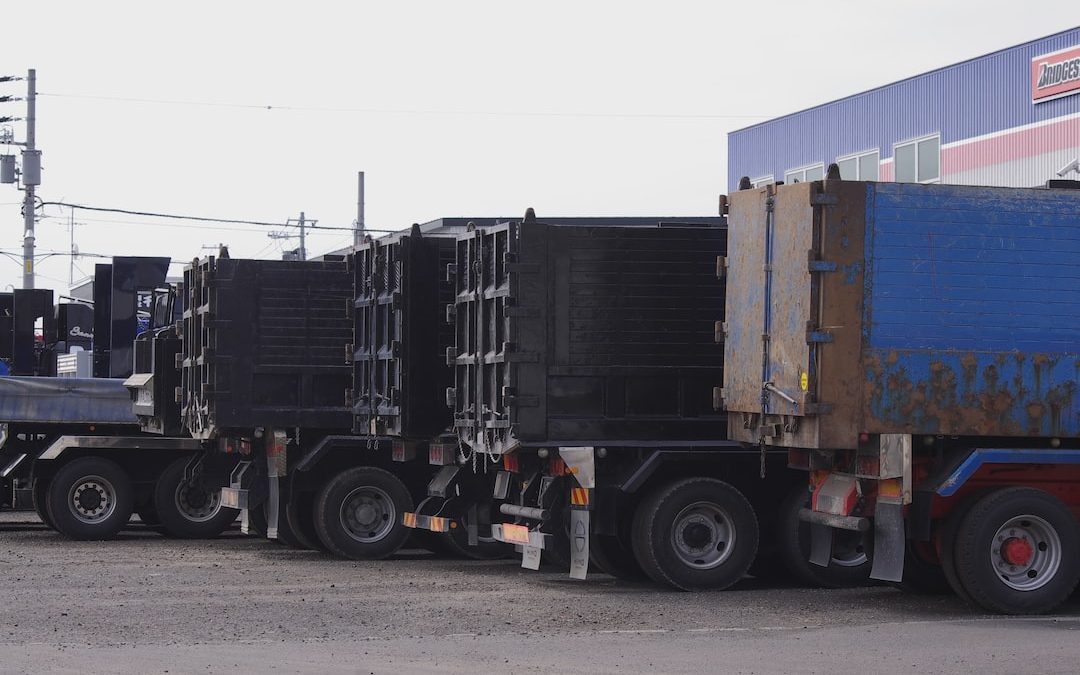Table of Contents
The Benefits of Urban Transportation Planning: A PDF Guide
Urban transportation planning is a process of examining the current transportation system and developing strategies to improve it. It involves looking at the existing transportation infrastructure, identifying problems, and proposing solutions. This guide will provide an overview of the benefits of urban transportation planning and explain how it can be used to create a better, more efficient transportation system.
What is Urban Transportation Planning?
Urban transportation planning is the process of looking at the existing transportation infrastructure in an urban area and developing strategies to improve it. It involves analyzing the current transportation system, identifying its strengths and weaknesses, and proposing solutions to address any issues. Urban transportation planning is a critical part of any city’s overall planning process, as it ensures that the transportation infrastructure is well-suited to the needs of the population.
Urban transportation planning is a complex process that involves a variety of stakeholders, including government officials, transportation experts, and members of the public. It requires an in-depth analysis of the current transportation system, as well as an understanding of the needs of the population. Urban transportation planning also takes into account the environmental impacts of the proposed solutions, ensuring that any changes are in line with sustainability goals.
The Benefits of Urban Transportation Planning
Urban transportation planning can bring a range of benefits to a city, including improved safety, better access to services, and improved air quality. It can also reduce congestion, improve public health, and make cities more livable and attractive. Below, we’ll discuss some of the key benefits of urban transportation planning in detail.
Safety
One of the key benefits of urban transportation planning is improved safety. By improving the infrastructure and implementing regulations, the number of accidents and injuries can be reduced. For example, a city may choose to install traffic signals or build bike lanes to improve road safety. This can help to reduce the number of road traffic accidents and make the streets safer for pedestrians and cyclists.
Access to Services
Urban transportation planning can also help to improve access to services, such as healthcare and education. By improving the transportation infrastructure, it can be easier for people to get to work, school, and other important services. This can help to reduce poverty and improve overall quality of life.
Air Quality
Urban transportation planning can also help to improve air quality. By reducing the number of cars on the road and encouraging the use of public transportation, cities can reduce air pollution and improve air quality. This can help to reduce the risk of respiratory illnesses and other health problems associated with air pollution.
Congestion
Urban transportation planning can also help to reduce traffic congestion. By improving the infrastructure and introducing regulations, people can be encouraged to use public transportation or other forms of transportation, such as walking or cycling. This can help to reduce the number of cars on the road and reduce traffic congestion.
Public Health
Urban transportation planning can also help to improve public health. By encouraging people to use public transportation or other forms of transportation, such as walking or cycling, it can help to reduce air pollution and improve air quality. This can help to reduce the risk of respiratory illnesses and other health problems associated with air pollution.
Livability
Urban transportation planning can also help to make cities more livable and attractive. By improving the transportation infrastructure, it can be easier for people to get around and access services, such as healthcare and education. This can help to make cities more livable and attractive, which can lead to increased investment and job creation.
Cost Savings
Urban transportation planning can also help to reduce costs. By improving the infrastructure and introducing regulations, cities can reduce traffic congestion and improve air quality. This can help to reduce the need for costly repairs and maintenance, as well as reduce the need for new roads and other infrastructure.
Environmental Protection
Urban transportation planning can also help to protect the environment. By encouraging people to use public transportation or other forms of transportation, such as walking or cycling, cities can reduce air pollution and improve air quality. This can help to reduce the risk of climate change and other environmental issues.
Economic Development
Urban transportation planning can also help to promote economic development. By improving the transportation infrastructure, businesses can be more easily accessed, which can lead to increased investment and job creation. This can help to create a more prosperous and vibrant economy in the city.
Quality of Life
Urban transportation planning can also help to improve the quality of life in a city. By improving the infrastructure and introducing regulations, it can be easier for people to get around and access services, such as healthcare and education. This can help to make cities more livable and attractive, which can lead to increased investment and job creation.
Conclusion
Urban transportation planning can bring a range of benefits to a city, including improved safety, better access to services, and improved air quality. It can also reduce congestion, improve public health, and make cities more livable and attractive. By improving the infrastructure and introducing regulations, cities can reduce traffic congestion and improve air quality, as well as improve access to services, such as healthcare and education. Urban transportation planning can also help to promote economic development and improve the quality of life in a city. This guide provides an overview of the benefits of urban transportation planning and explains how it can be used to create a better, more efficient transportation system.












